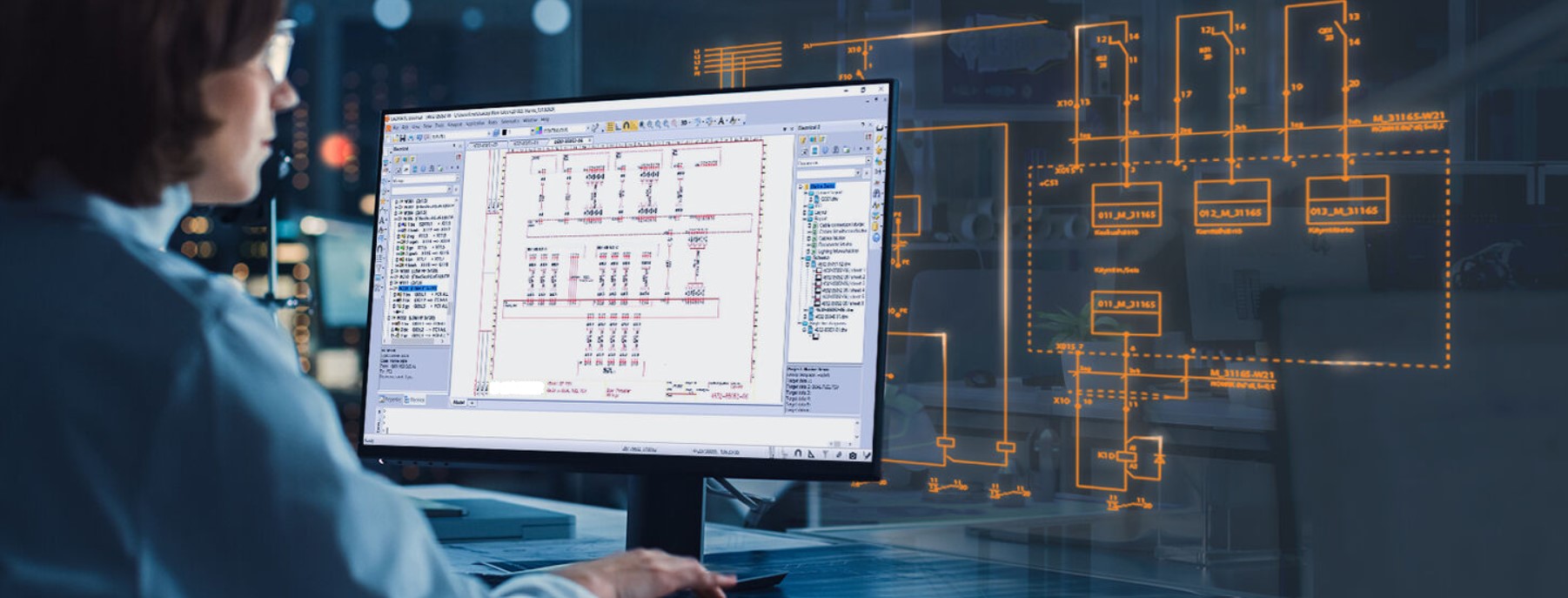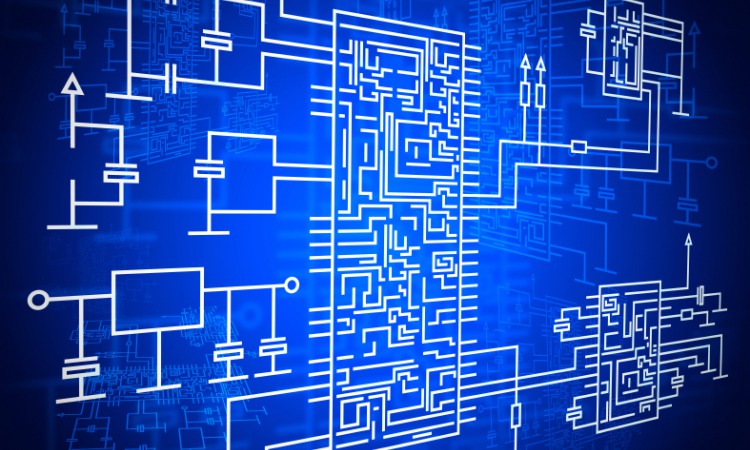Receive Accurate Electrical Load Calculation Services for Large Project
Receive Accurate Electrical Load Calculation Services for Large Project
Blog Article
Innovative Electrical Design Solutions for Modern Framework
As urban atmospheres expand increasingly complex, integrating technologies such as smart grids and renewable power resources ends up being paramount. These innovations not only guarantee to optimize power consumption however likewise foster strength against future needs.
Value of Cutting-edge Electrical Design
Innovative electric design plays a vital duty in modern-day framework, influencing not just effectiveness however likewise sustainability. As cities evolve and the demand for power boosts, the need for innovative electrical systems comes to be critical. These systems need to not only satisfy current demands yet also expect future growth and technical advancements.
A well-executed electric design can substantially lower power intake, consequently decreasing functional expenses and lessening environmental impact. By incorporating renewable resource resources, such as photovoltaic panels and wind turbines, cutting-edge layouts can boost energy freedom and strength. In addition, smart grid modern technologies enable real-time tracking and monitoring of energy distribution, enhancing performance and decreasing waste.
Security is an additional essential facet of electric design. Implementing innovative innovations and rigorous criteria can mitigate threats connected with electric failures, making sure a protected environment for residents and organizations alike. Furthermore, cutting-edge styles facilitate adaptability, enabling infrastructures to integrate arising modern technologies effortlessly.
Trick Fads in Electrical Design
As the landscape of electric design continues to develop, numerous key fads are forming the future of the market. One substantial pattern is the integration of smart innovation into electrical systems. The spreading of the Internet of Things (IoT) has allowed real-time tracking and control of electrical gadgets, enhancing performance and promoting anticipating maintenance.
One more fad is the growing emphasis on modular design. This approach permits for scalable and flexible remedies, making it possible for facilities to adjust to changing needs without comprehensive restorations. Furthermore, making use of sophisticated simulation tools and Building Details Modeling (BIM) is coming to be increasingly prevalent, streamlining the design process and enhancing collaboration amongst stakeholders.
In addition, innovations in products scientific research are bring about the growth of lighter, more resilient, and energy-efficient parts. This development is specifically vital for high-performance buildings and framework projects.
Lastly, there is a significant change towards data-driven decision-making - residential electrical design. Leveraging information analytics helps designers optimize systems for performance and cost-effectiveness. Together, these patterns symbolize a transformative age in electric design, enhancing functionality, sustainability, and resilience in modern-day facilities
Lasting Power Solutions
Sustainable power solutions are increasingly ending up being a crucial focus in electric design, mirroring a wider dedication to environmental obligation and resource performance. These remedies intend to minimize environmental effect while optimizing power consumption in various facilities, from household structures to large commercial centers.
Among the foremost techniques involves the combination of renewable resource resources, such as photovoltaic panels and wind turbines, into electric systems. This not just decreases reliance on nonrenewable fuel sources but also boosts power durability. Furthermore, ingenious energy storage systems, such as sophisticated batteries, enable effective management and circulation of energy, guaranteeing that surplus power generated throughout peak production can be used throughout high need durations.
Furthermore, energy-efficient design methods are being adopted to boost overall system performance. This includes utilizing energy-efficient illumination, cooling and heating systems, and smart building innovations that keep an eye on and adapt power usage based on tenancy and environmental conditions.
Smart Grid Technologies
The implementation of lasting energy options normally leads to the expedition of wise grid modern technologies, which play a pivotal role in modernizing electric systems. Smart grids utilize advanced interaction innovations and information analytics to improve the reliability, effectiveness, and sustainability of power distribution. By incorporating electronic technology with traditional grid infrastructure, these check that systems help with real-time monitoring, automated control, and enhanced decision-making capabilities.
One of the key functions of wise grids is their ability to accommodate sustainable energy resources, such as solar and wind power. This flexibility not only lowers reliance on fossil gas but additionally enables a more decentralized energy production model. Wise grids enable demand feedback programs, where consumers can change their energy use based on real-time rates, therefore advertising power conservation and reducing peak lots demands.
Additionally, wise grid innovations boost grid resilience by making it possible for quicker recognition and resolution of failures, eventually decreasing downtime. With predictive upkeep and analytics, utilities can maximize operations and improve solution shipment. As cities and communities remain to progress, smart grid technologies are vital for building a lasting and efficient electrical facilities that satisfies the needs of modern society.

Future-Proofing Framework
To guarantee long-term stability and flexibility, future-proofing facilities is crucial in the quickly advancing landscape of electric design solutions. As technology advancements and energy demands change, it is critical that electric systems are developed with adaptability in mind. This requires incorporating scalable remedies that can fit future upgrades without demanding considerable overhauls.

Furthermore, sustainability has to be a keystone of future-proofed layouts. Using renewable resource resources, such as solar and wind, and enhancing energy efficiency decrease dependency on nonrenewable fuel sources, lining up with worldwide initiatives to battle environment adjustment.
Verdict
By prioritizing versatility, efficiency, and sustainability, these services deal with the evolving demands of power systems. The assimilation of clever grid modern technologies and lasting power solutions improves durability and lowers functional costs.
A well-executed electrical design can dramatically lower power usage, therefore reducing operational costs and decreasing environmental effect. By including sustainable power resources, such as solar panels and wind generators, cutting-edge layouts can boost energy freedom and strength. In addition, innovative energy storage space systems, such as advanced batteries, have a peek at this site allow efficient administration and circulation of energy, making sure that excess energy generated during peak manufacturing can be made use of during high need durations.
Smart grids make it possible for need reaction programs, where customers can readjust their energy use based on real-time rates, thereby advertising energy preservation and lowering peak load demands. (electrical load calculation)
As modern technology advancements and energy needs change, it is essential that electrical systems are made with adaptability click over here in mind.
Report this page